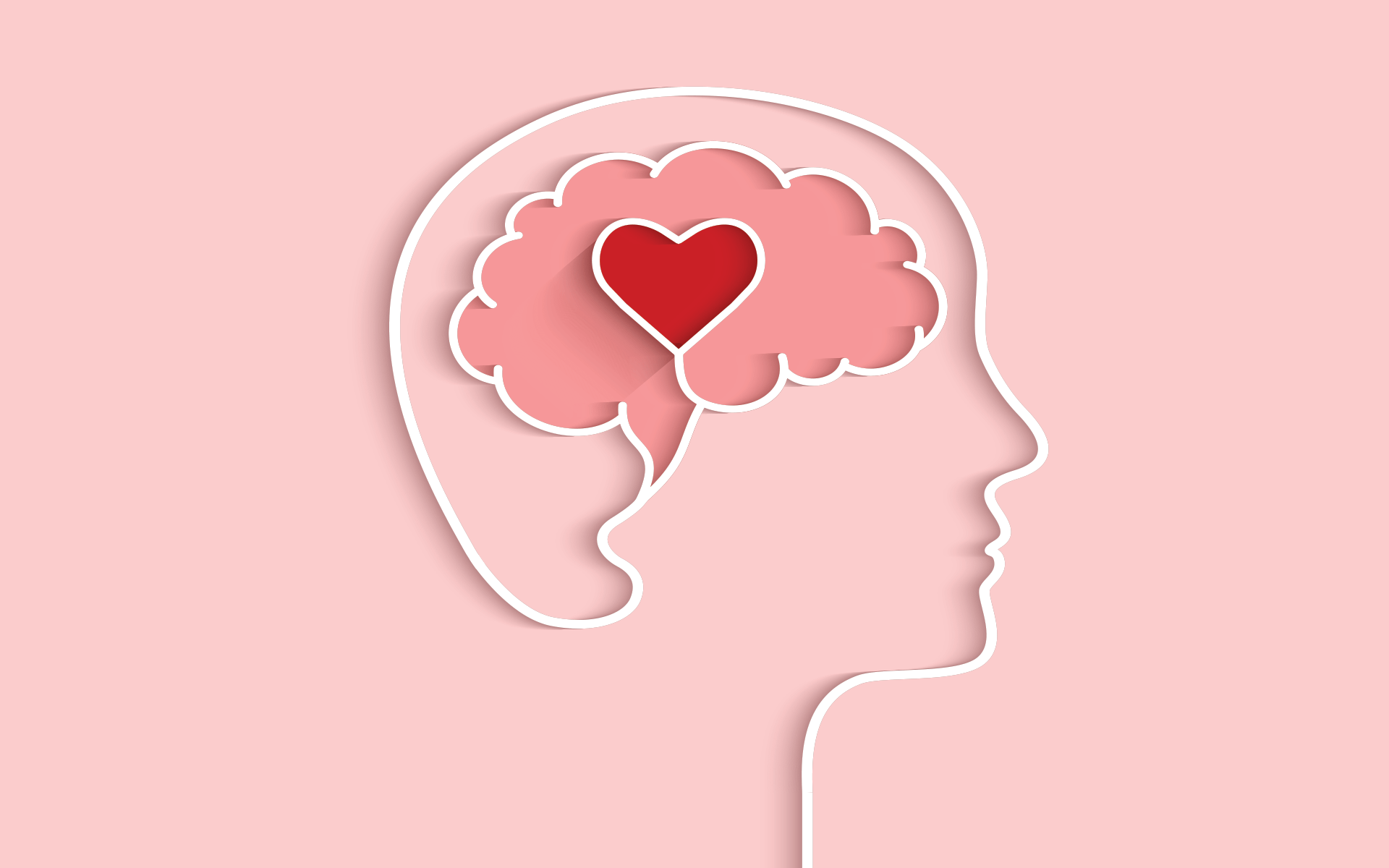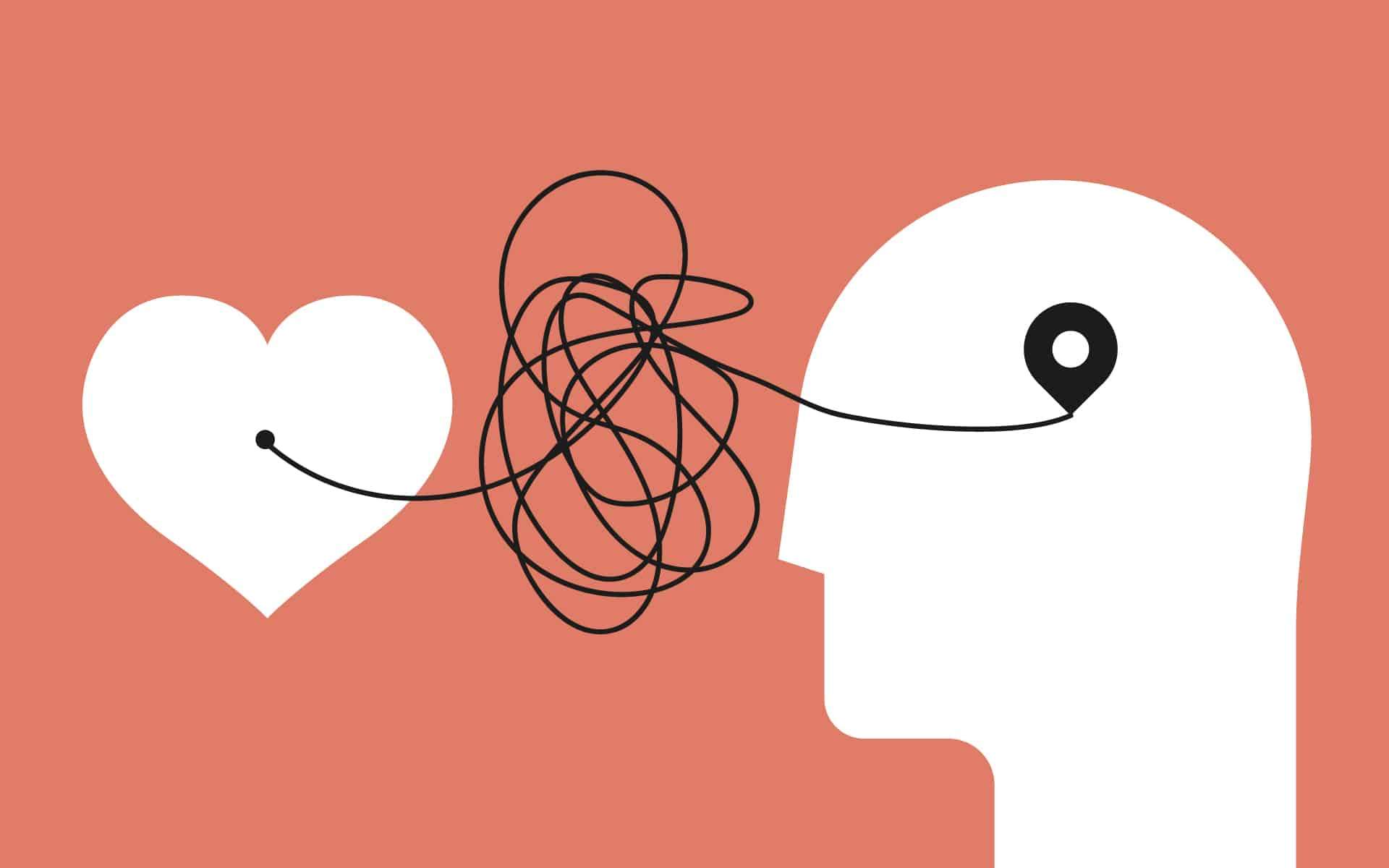To get a sense of how the world views extraordinary altruism, consider what you go through if you want to donate a kidney to a stranger.
Naturally, transplant centers demand rigorous screening to be sure donors are healthy enough to undergo surgery, and that they’re not being paid to give up their organs (which is illegal in almost every country). But as the number of unrelated would-be living kidney donors rose from 6.5% of the total in 1996 to roughly 23% today, transplant centers got worried. Why were people with neither a biologic nor emotional relationship with a recipient stepping up like this?
Surgeons argue they need psychological evaluation of prospective donors, because living kidney donation “caused concern” about “donor psychological status and motivation.” Be on the lookout, they warn, for “past or ongoing psychiatric symptoms or disorders” and for “ulterior motives,” such as “to atone or gain approval, to stabilize self-image, or to remedy psychological malady.” Great Britain considered such altruism so pathological that living kidney donation was illegal there until 2006.
“Altruistic reasons for stranger donation are acceptable,” said Harvey Mysel, president of the Living Kidney Donors Network. “But transplant centers want to be sure of the reason for the altruism,” meaning unselfish actions undertaken to reduce the suffering or enhance the well-being of others at some cost to the self. “There’s a lot of suspicion of people who want to donate a kidney to a stranger.”
Psychologists, in contrast, aren’t exactly suspicious of extreme altruism, or “X-altruism,” which is defined as unselfish caring for the well-being of strangers to the detriment of oneself. But they do view it the way ornithologists do a mandarin duck (home turf: East Asia) in New York’s Central Park: as so outside the norm that it requires explanation.
Among the key findings from brain imaging and lab experiments are that X-altruism has two forms, one impulsive and one considered. Impulsive X-altruism is rescuing two girls being threatened by a knife-wielding, Muslim-insulting man on a commuter train (in Portland, Oregon; May 2017) and dying as a result. It’s jumping onto subway tracks to save a woman who fell. It’s pulling strangers from burning cars, as recipients of the Carnegie Medal for extraordinary civilian heroism have. Considered X-altruism manifests itself not in spur-of-the-moment actions but in thought-out ones such as adopting 20 orphaned or abandoned children, or founding a leper colony in a panther-filled wilderness, as Larissa MacFarquhar recounts in her 2015 book Strangers Drowning: Impossible Idealism, Drastic Choices, and the Urge to Help. It’s repeatedly parachuting into war zones as an aid worker, as David Eubank has, dodging sniper fire to rescue a young girl who survived an ISIS massacre in Iraq. It’s thinking hard, answering the questions of doctors who suspect you’re crazy, and still donating a kidney to a stranger.
According to researchers, these two varieties of X-altruism are driven by different emotions and cognitive processes, and empathy—experiencing others’ distress as if it were your own—plays a much larger role in one than the other.
The Roots of Altruism
Garden-variety altruism—French philosopher Auguste Comte coined the word in 1830, deriving it from vivre pour autrui, “to live for other people”—is driven by empathy, which children become capable of by age two, when they’re able to perceive others’ distress. That’s a prerequisite for offering help, which most toddlers the world over do even when it brings them no tangible benefit.
The early emergence of empathy and altruism suggests that humans are genetically wired for such proto-altruism, but the wiring can last or wither depending on the culture where a child grows up. A classic examination of six cultures (Kenya, the island of Okinawa, India, the Philippines, Mexico, US), published in 1975, found that all the elementary-school-age children studied in Kenya behaved altruistically, but only 8% of those in the US did. By one estimate, culture—what it teaches about responsibility to others, how collectivist or individualist a society is, and other influences—has 10 times more influence on altruism than genes do.
Since extreme altruism is directed at strangers, it, too, likely has a nongenetic explanation in addition to a genetic one.
That makes sense, since genetically based altruism focuses on relatives and members of our group—that is, those most like us—rather than strangers and “others.” Since extreme altruism is directed at strangers, it, too, likely has a nongenetic explanation in addition to a genetic one.
Acts of impulsive X-altruism, such as saving a stranger on a subway track, arise from extreme empathy, a brain circuit that kicks in so powerfully that seeing the suffering and distress of another overrides considerations of personal safety. These usually one-off acts sit on the same continuum as everyday altruism, with both driven by a genetically based ability to feel others’ distress and a culturally nurtured belief in putting one’s own needs aside, at least temporarily, to help someone else. Considered, as opposed to impulsive, X-altruism has different cognitive and emotional roots.
When Empathy Isn’t Enough
It’s usually not possible to scan the brains of people while they’re in the middle of impulsive X-altruism, but scientists have done neuroimaging studies of the kidney donors. When it comes to considered X-altruism, while empathy is necessary, the research shows, it is far from sufficient. Rather, negative emotions such as anxiety are key: a palpable sense of itchy, jumpy, can’t-sit-still angst at the mere thought of not helping compels these considered extreme altruists to act.
Amy Donohue, a stand-up comic, donated a kidney when a woman on Twitter pleaded with someone, anyone, to save her mother’s life by doing so. Although friends and family describe Donahue as unusually compassionate, she said she was compelled by a different motivation: a visceral anger at the selfishness she sees throughout society. “When did we forget to help other people?” she told me when I asked her about this extreme gesture. It was an anxious anger she could calm only by acting as she did.
In a brain-imaging study of such donors, scientists found that their right amygdala, which processes the sense of fear, was about 8% larger than in nondonors. The amygdala also became significantly more active, compared to controls’, when donors looked at faces with fearful expressions, Abigail Marsh of Georgetown University and her colleagues saw. That suggests greater sensitivity to others’ distress—and, perhaps, a motivation for X-altruism: Seeing others’ distress triggers it in themselves. That is classic empathy. Indeed, the brains of Marsh’s kidney donors showed as much pain perception when seeing a stranger’s thumb squashed as when feeling their own squashed.
Empathy alone isn’t enough for considered X-altruism: Instead, compassion is the force that compels.
But the amygdala is also responsible for fear and vigilance, scanning the world, and alerting the mind to the presence of danger, generating a palpable sense of fear, foreboding, and anxiety. That supports the idea that empathy alone isn’t enough for considered X-altruism: Instead, compassion is the force that compels.
The Difference Compassion Makes
In her 2018 book Standing at the Edge, anthropologist, hospice caregiver, and Buddhist scholar Joan Halifax draws a distinction between empathy and compassion. Empathy, she writes, “is feeling into another, while compassion is feeling for another, accompanied by the aspiration to take action that benefits the other.” Crucially, empathy can be crippling, as when a physician or disaster worker or psychologist identifies so strongly with others’ suffering and anguish that she becomes paralyzed. “If our experience of [others’] suffering overwhelms us, empathic distress can also cause us to…abandon others in an attempt to protect ourselves from suffering too heavy to bear,” Halifax writes.
Compassion, in contrast, comes with less emotional attachment and more motivation. During compassion meditation, the brain’s motor cortex becomes active, as the desire to end the suffering of others is accompanied by a propulsive power. In one study, Matthieu Ricard, a French-born Buddhist monk and scholar, engaged in empathy practice, consciously trying to feel the distress of others (he focused on suffering Romanian orphans) while fMRI recorded his brain activity. The more he felt their pain and suffering, the more quickly he felt overwhelmed and exhausted.
But when he switched to compassion meditation, focusing on the wish that others’ pain be alleviated but without trying to feel it oneself, Ricard never flagged. Empathy practice and its quick descent into empathic distress activated neural networks associated with the distress of suffering pain oneself and seeing it in others, and can’t be sustained. But compassion meditation activated brain networks associated with connecting and belonging, with positive emotions, and with maternal love.
Compassion, it seems, can make the difference between feeling the pain of others and doing something to help—a lesson worth remembering, even for those of us who are unlikely to play subway-track hero or donate a kidney to a stranger.








